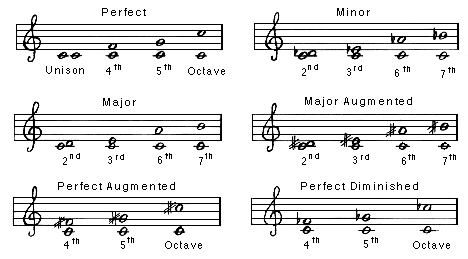


That’s not because of you, it’s because of the way you’re thinking it’s the interval approach that causes all these problems. If you approach music this way you’re wasting an incredible amount of energy and you have probably already found many difficulties in improvising, in coming up with good musical ideas over a given chord progression, in singing or playing in pitch, etc. This is because the interval method forces you to think with a note-by-note approach: When you practice intervals exercises you are always focusing on a maximum of two notes at a time, so you’re used to thinking of a note, and then the next note, and so on. Learning intervals with the purpose of developing a consciousness of musical language is like learning a lot of words without learning their meaning: They are totally useless, especially at a practical level.Ģ) The interval method doesn’t promote an efficient way of thinking for practical musical situations in which we must elaborate our musical ideas and react to what others musicians are playing.

For example, if we take the same major chord, it sounds extremely different if it's the tonic’s chord or the fifth degree's chord they have a totally different color and the same thing happens with every other chord. Isolating chords from a surrounding harmony doesn't work. The same thing applies to the chord recognition exercise for example.
MUSIC INTERVALAS EAR PRACTICE FREE
In this article we’ll take a look at the biggest mistakes of the intervals method and why it’s really ineffective.ġ) As you might have already understood from the free video included in the homepage of this website, every interval or chord sounds different based on the harmonic context in which it's included.Īs result we understand that learning intervals while isolating them from a surrounding harmony is an almost useless exercise because firstly it will make the learning process difficult, and secondly because we can't apply it within a real musical context, where we have to deal with harmony.


 0 kommentar(er)
0 kommentar(er)
